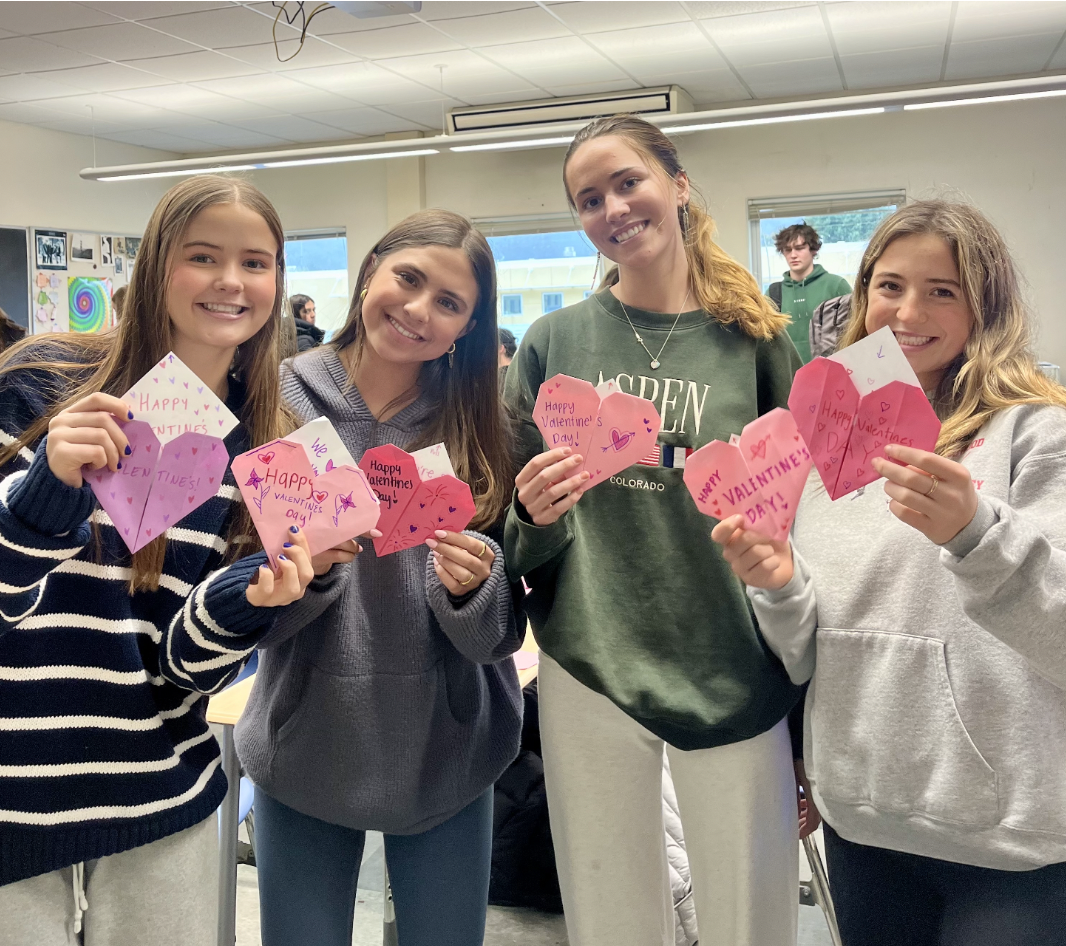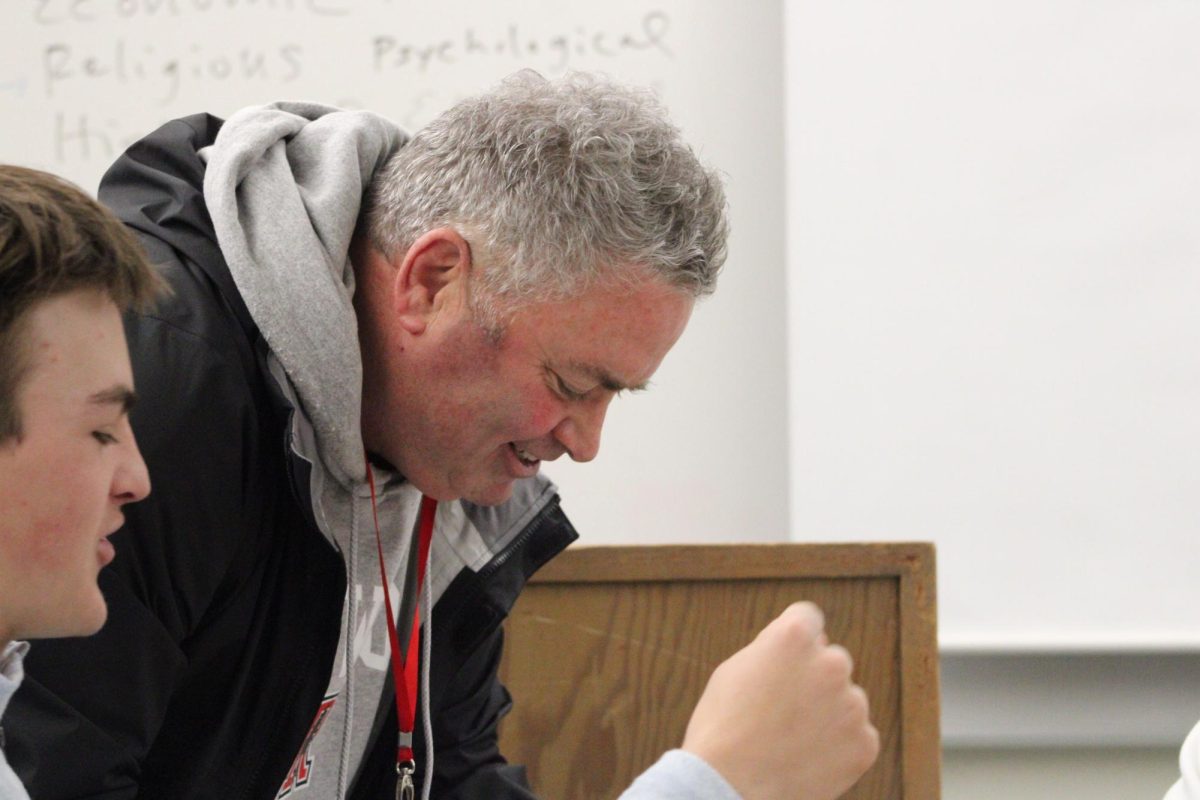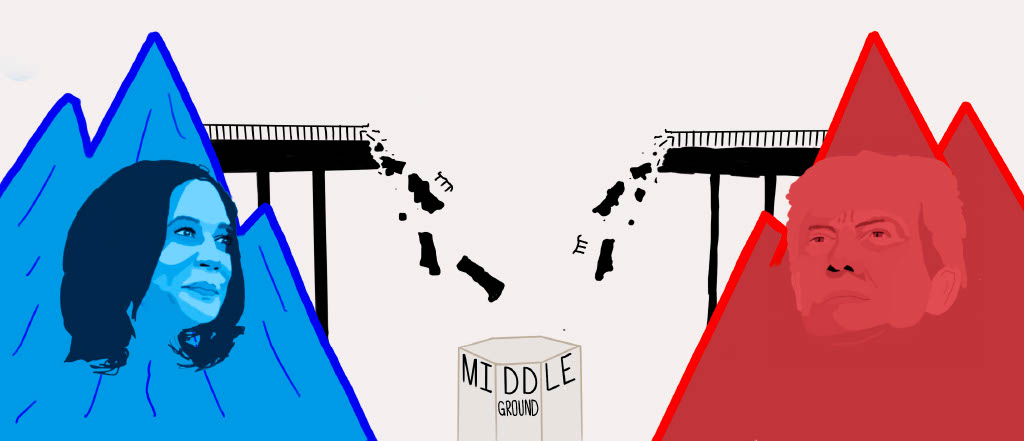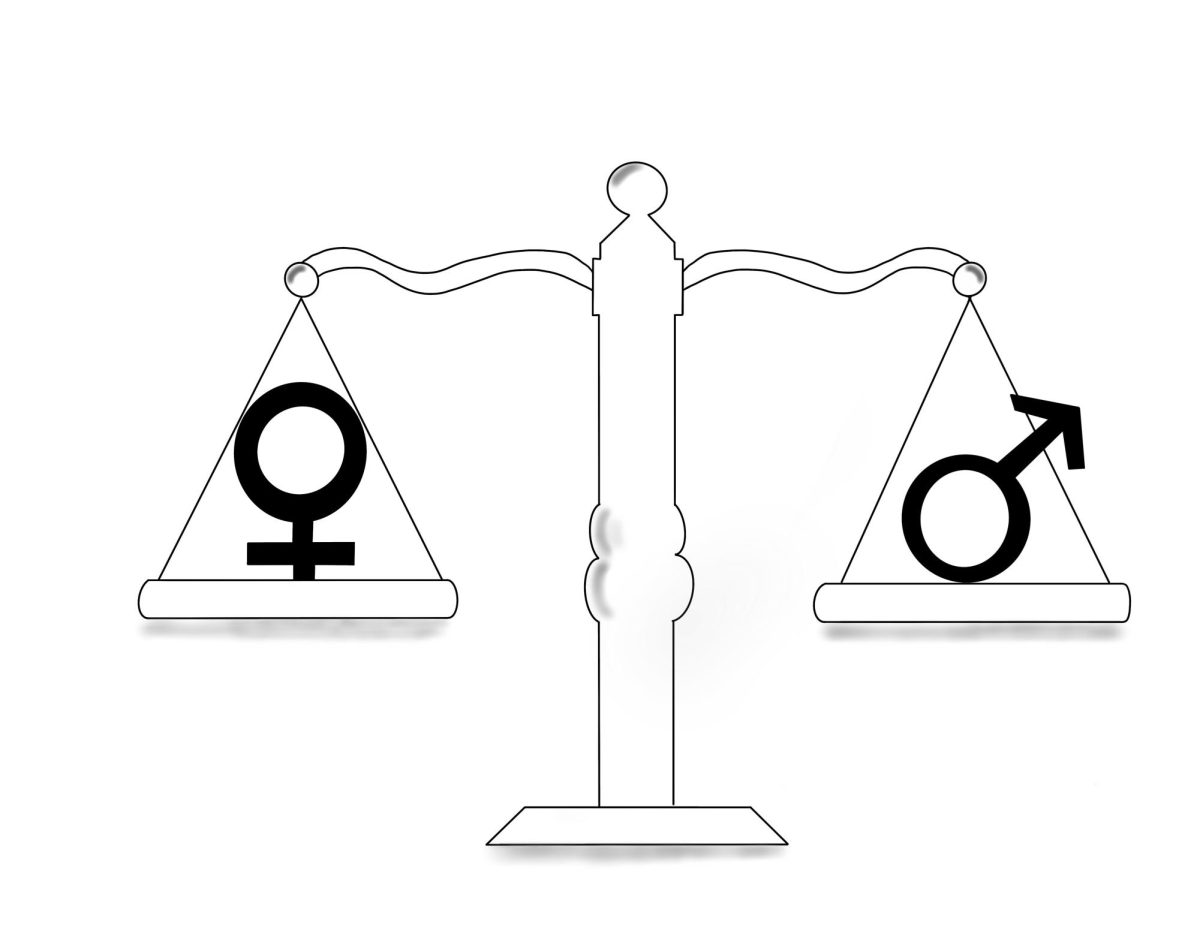“Learning to forgive is much more useful than merely picking up a stone and throwing it at the object of one’s anger, the more so when the provocation is extreme. For it is under the greatest adversity that there exists the greatest potential for doing good, both for oneself and for others.” –– 14th Dalai Lama
Completing the Circle is a multi-edition feature on restorative justice practices in the Bay Area. Restorative justice is a process in which the goal is not to punish the defendant, but to repair the harm done by their crime. In this series, we will focus on a different program in each edition that works to incorporate a restorative approach to criminal justice.
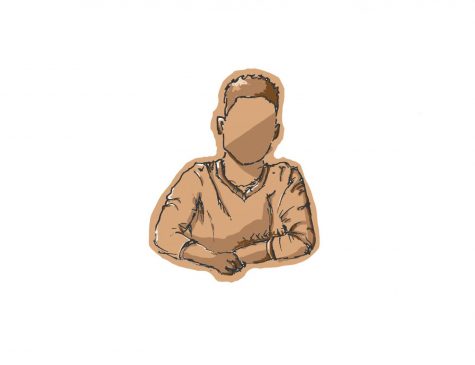
Youth Court
At 12 years old, Sebastian Meyer was caught with cough medicine at school. At 15, the school’s administration discovered he traded weed for two Valium. That same year, he was found creating illegal graffiti. After each offense, Meyer was recommended to the Marin County YMCA Youth Court. As punishment, Meyer received a sentence of 30 hours of community service, four dates of volunteer jury duty on the court and no jail time.
The Youth Court’s process provides a stark contrast to the typical path of conviction in the U.S. The criminal justice path has become standard: after an arrest, a court trial ensues whose verdict can lead to fines, probation or incarceration depending on the severity of the case. According to Wendy Sawyer and Peter Wagner of the Prison Policy Initiative, the latter has become the most prevalent form of punishment displayed by the 500 percent increase in U.S. prisoners over the last 40 years.
With more than 2.3 million individuals currently incarcerated nationwide, both experts and activists are seeking alternative methods to what some call a “broken” system. Many, like the Marin County Youth Court, practice restorative justice that aims to rehabilitate rather than punish convicts.
For Meyer, the Youth Court provided a safe place away from negative influences in his life and opened doors to new opportunities.
“Youth Court is one of the only [programs] in Marin stemming the tide of hopeless drug addiction, family and domestic abuse, loneliness and depression. It’s one of the only places in Marin that acts as a beacon of light for kids who don’t want to be involved in some of the grimier stuff that goes on,” Meyer said.
Youth Court director Don Carney has taken on the mission of restorative justice in regards to the juvenile justice system. Since founding the Marin County YMCA Youth Court in 2004, Carney has helped thousands of individuals escape the school-to-prison pipeline. The school-to-prison pipeline is a process in which students are placed directly into the juvenile correction system, according to the NAACP Legal Defense Fund. Carney hopes to combat this pattern by focusing on improving the future of individuals involved with crimes instead of simply penalizing them.
“Most youth courts throughout the country…just replicate what’s wrong with the juvenile justice system: they dole out punishment,” Carney said. “We think punishment doesn’t change behavior; accountability changes behavior.”
Fred Nelson, a recently retired litigator who has been involved with the law for the past 50 years, has volunteered as a Youth Court judge for a few months. While doing so, he has noticed the profound impact that these restorative practices have on adolescents.
“The objective of the [Youth Court] is to give young people who make mistakes an opportunity to accept responsibility for those mistakes, to apologize for it and change their behavior rather than being suspended and risk a long term outcome that winds up that individual in jail,” Nelson said.
Before founding the Youth Court, Carney worked for the Marin County Probation Department and was a member of the Justice Commission, a government-mandated program that oversees juvenile justice practices in the vicinity. After deciding to do something about the problems he was seeing while serving on this commission, Carney founded the Marin County YMCA Youth Court.
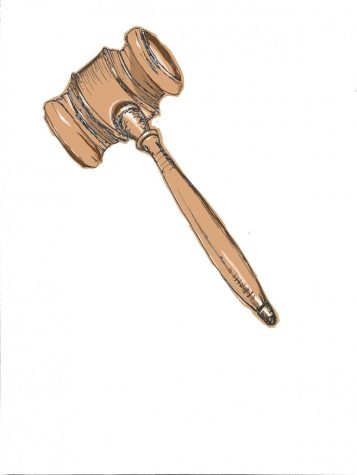
“It’s Like Therapy in a Courtroom”
According to the program’s website, the Marin County Youth Court aims to hold its defendants accountable through community service and involvement while also repairing the harm caused by the crime. After an adolescent is placed in the program by a school administrator or the police, they are assigned a date in Youth Court, where they are questioned by a jury made up of their peers, typically ages 12 to 17. The Community Advocate and the Respondent Advocate, two specially trained Youth Court volunteers, confer with the defendant before the trial about their hobbies, aspirations and other individualized traits to help the jurors ask appropriate questions.
By emphasizing self-worth and acknowledging circumstances such as trauma that could have led to the crime, the Youth Court distinguishes itself from the country’s traditional juvenile justice system. Carney finds that an emphasis on retribution rather than rehabilitation for adolescents only makes the harm from the original crime exponentially larger. By making sure that his court upholds restorative practices, Carney hopes to subvert the typical structure of criminal justice and encourage positive behavior.
“We build on young people’s strengths, we don’t focus on their weaknesses. We create a restorative plan not based [solely] on the crime but based on the needs of the young person,” Carney said. “Our jurors don’t judge, they support. It’s like a group therapy in a courtroom.”
Senior Jake Blum, a three-year Youth Court volunteer and current community advocate, echoed Carney’s statements, saying that treating the defendant as a peer rather than an enemy is essential to the process.
“We do things for and with the respondent, not to the respondent,” Blum said. “They really get more out of [the process] when we work with them rather than when we do things to them.”
Through Meyer’s involvement with the Youth Court, he has developed an interest in implementing trauma-informed practices, or acknowledging the history and experiences of the convict prior to trial, and drug and alcohol prevention. In addition to performing the duties of a typical youth court volunteer, Carney has helped Meyer to advocate for other issues he is invested in.
“[Carney] took me under his wing at a pretty young age and developed my public speaking skills by providing me opportunities to talk about corporate cannabis, youth court and nicotine like JUUL––I kind of took my own knowledge that I have from my own experiences and [built] those skills,” Meyer said. “I now work with [Carney] more in-depth and with other programs in the area. I’ve [spoken at] a lot of city council meetings and board of supervisor meetings.”
After serving as a Youth Court juror and advocate for over four years, Meyer is a firm believer in the program’s methods. He hopes that more teenagers will become involved with the program and spread further awareness on juvenile restorative justice.
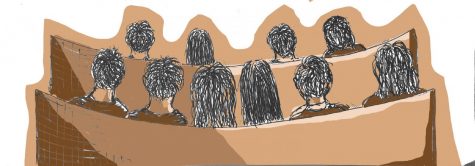
Giving Back
Without a team of motivated young volunteers, Carney says, the MCCYC would be unable to run. One volunteer, senior Elaina Sherman, became involved with youth court her sophomore year. Since then, she has become increasingly interested in criminal justice and trained to become a community advocate.
Certain cases Sherman has witnessed while volunteering have deeply affected her.
“There’s definitely cases that stick with me and resonate with me more deeply than others. Those are usually the cases when it’s really young kids, like 11 or 12-year-olds who are literally still in middle school who shouldn’t even be exposed to certain things they have been exposed to,” Sherman said.
In order to participate in Youth Court as a jury member, volunteers have to go through a series of trainings. For Meyer, trainings like the harm reduction workshop have allowed him to help friends and strangers avoid danger and injury..
“I walked in on someone on school campus overdosing on coke and saved their life. I’ve saved several people’s lives with the skills that I learned in [the trainings after] witnessing overdoses and psychotic breaks and general Marin [issues],” Meyer said.
Meyer hopes to see more volunteers gain the same knowledge he has been able to throughout his experience. Due to the large number of cases inherited from the San Rafael system, the Youth Court is currently looking for more volunteers. They stand trial every Thursday from 5 to 7 p.m.

Future Plans
Carney has helped hundreds of youth in Marin avoid incarceration and turn their lives around, but he still pushes for more outreach. In the future, Carney hopes he will be able to spread the restorative message of his Youth Court to programs across the country. One of the ways he plans to do this is through the YMCA association. Marin has the only YMCA with a restorative justice program in the country, so Carney has been trying to expand this method to the 2,700 other YMCAs in the US through presentations and meetings.
Additionally, as a board member on the California Association of Youth Courts (CAYC), Carney hopes to use his position to convince Youth Courts across the state to adopt restorative practices.
“There’s about 75 [youth courts] in the state. Out of that 75, there are probably four or five that are restorative and trauma-informed. So [being on the board of CAYC] gives me a vehicle to reach out to those that aren’t and show them the wisdom and the data behind using that process,” Carney said.
Meyer hopes to promote this form of restorative justice when he moves to Santa Barbara to pursue higher education, and believes he will carry the lessons he has learned from the program wherever he goes.
“Youth Court really helped me learn that there are good ways of influencing people, that there’s positive things that you can do with life and just in general, which is kind of weird to say and to hear,” Meyer said. “But it was important for me and for kids who don’t have a lot of positive things going on in their life and who get into trouble young.”
Carney believes that the impact Youth Court has on all of its participants is invaluable due to experiences like those of Meyer. By avoiding traditional criminal justice methods, students are held accountable for their wrongdoings in a constructive manner rather than being penalized.
“When a kid is able to get ahold of themselves and get off drugs and start being productive, that lightens my heart,” Carney said. “Watching young people come in scared to death into the courtroom and leave feeling supported by their peers, that’s always a good feeling.”








